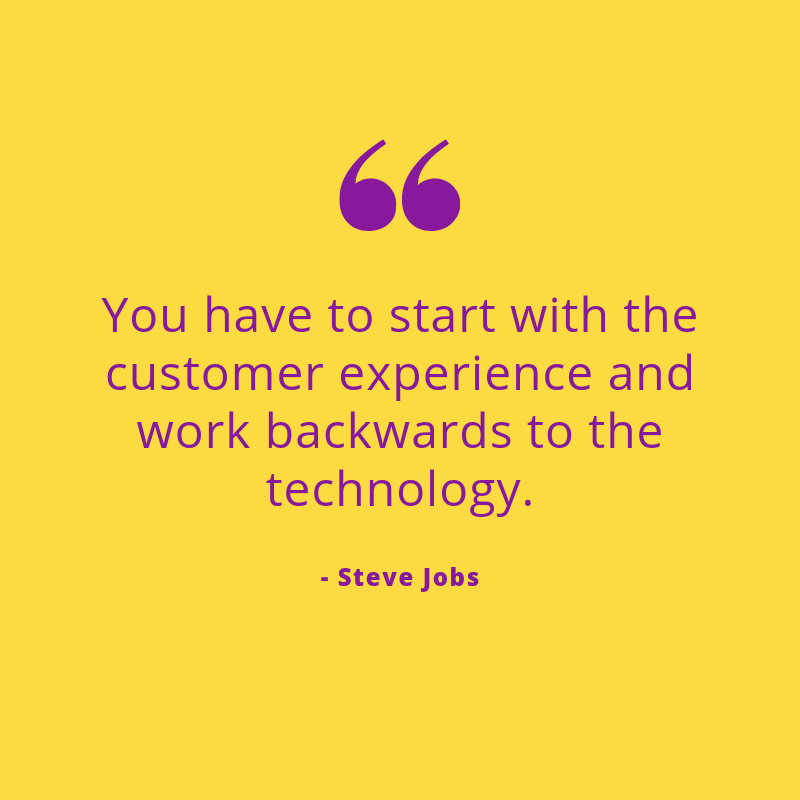Sustainable Pricing: A Game Changer
As a key strategy to protect a client’s wealth on an ongoing basis, life insurance is an important purchase. It is, after all, a product ‘for life’. This means that it should be priced on a long-term and sustainable basis. Yet, we currently see life insurers offering big upfront price discounts to make life insurance look cheap.
This ignores the enduring nature of life insurance. It is an ongoing contract that must be paid for year after year in order to continue cover. After the initial discount has exhausted comes the “sticker shock” to the client when the real cost of the policy appears in years two, three or four. For those clients whose health or other circumstances have changed, it may then be too late to move to another insurer. Such purchases, based on a discounted year one price, are often not in the client’s best long-term interests.
So, what do we mean by ‘sustainable pricing’?
There are a number of issues that undermine sustainable pricing. The first is the practice of cross-subsidisation, where an insurer increases prices on other products or books of business in order to artificially reduce the price of another product (for example, income protection) as it is the more popular cover when advisers are designing a package of insurance for their clients. As insurers are directed to disentangle these types of subsidies, we expect more pain for advisers and their customers as prices go up, products are redesigned with reduced benefits, or both. APRA recently wrote to all life insurers outlining their requirements for the future state of income protection (APRA letter ‘Thematic Review of Individual Disability Income Insurance – Phase Two’ 2 May) clearly articulating a concern with the current pricing and cross-subsidisation practices across the industry. APRA is now directing insurers to price sustainably or face regulatory consequences.
The second connected (and intertwined) issue is heavy initial discounts, which, while initially appearing very attractive, are gradually removed over time. There are a number of issues with insurers providing heavy upfront discounts. These issues impact both customers and advisers.
Upfront discounts hurt advisers.
Advisers have told us that earnings don’t align with the workload carried out for their client when they provide advice at the start of the relationship. Even though a discounted product enables an easier upfront sale, these products don’t help build long-term relationships with customers as advisers are the ones who have to deliver the bad news when discounts expire.
If insurers use initial discounts to try and lock customers into a ‘set and forget’ mentality (and ultimately to claw back the discount with large step increases), this erodes the trust of advisers in the eyes of the community and their customers.
Upfront discounts hurt customers.
Upfront discounts encourage customers to switch providers every few years to chase further discounts. The impact of this for customers is that they may end up paying more over the life of a policy as they age and are re-costed for coverage and health problems that arise after a policy is issued, which makes it harder for the client to find a new policy with the same pricing and benefits.
Short-term offers or incentives create a poor experience for customers as they go through premium ‘sticker shock’ when the true price becomes evident around years three to four after re-costing for coverage has been undertaken. In the end this penalises loyal customers so the insurer can attract new customers.
One of the benefits of being a new entrant to the industry is that we’ve been able to ensure cover is priced individually and sustainably. We hope that our 8 per cent discount for the lifetime of a policy across lump sum products (life, critical illness and TPD) shows the industry what sustainability looks like while helping advisers in selling life insurance the way it was designed to be sold. We also believe this will enable advisers to have better conversations with their customers and create better lifetime outcomes for their clients – all of which strongly aligns with “client’s best interests”.

Chris Powell
Managing Director


